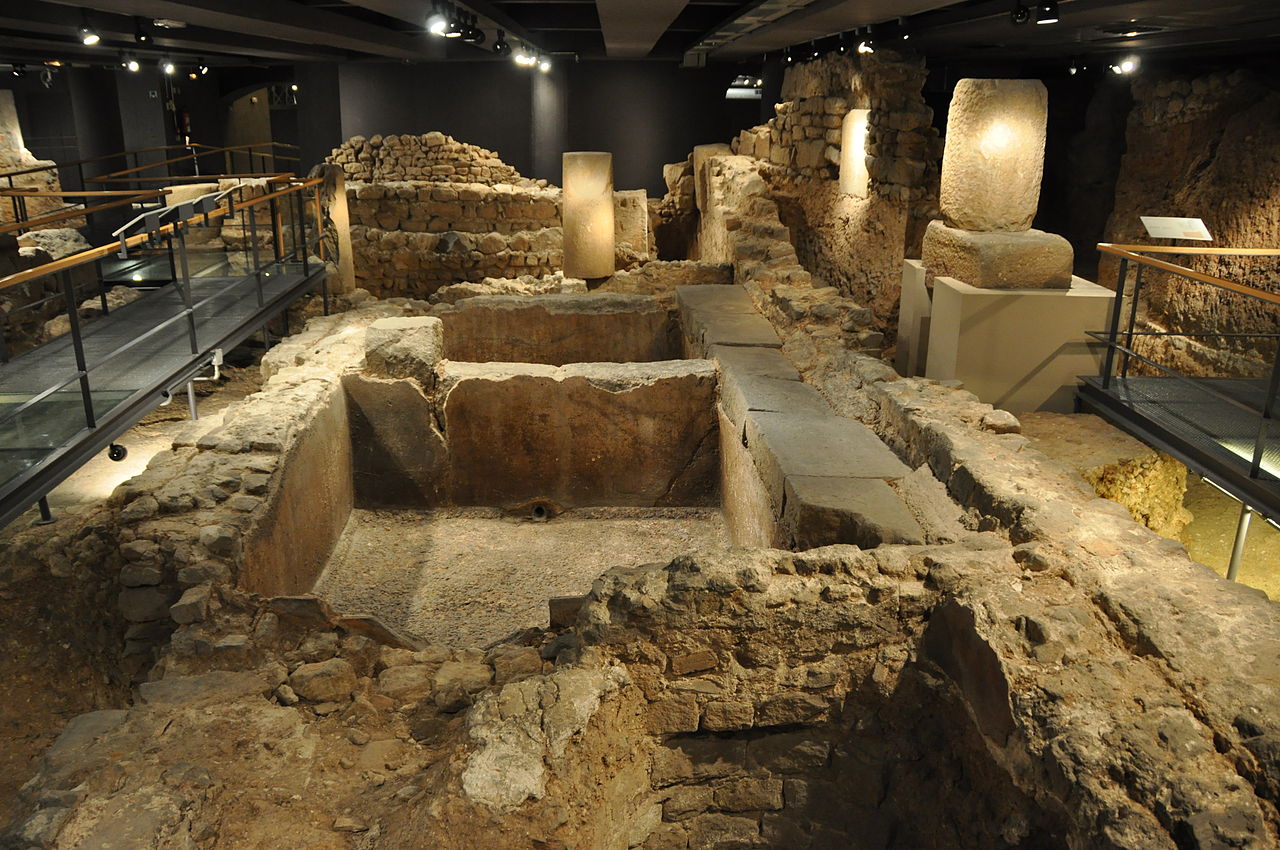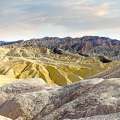Barcelona is a city with a deep and rich history. Although a settlement has existed on the site since Neolithic times, it was the Romans who first made Barcelona into somewhere of note. If you enjoy discovering the history of the places you visit, make sure you take the time to uncover some of Barcelona’s Roman heritage.
From Barcino to Barcelona
When the Romans first settled in what’s now Barcelona, they named it Barcino. Around 1,000 people lived here from the end of the 1st century BC. After the Romans, the city came under Muslim control, before being retaken by the Christians some 200 years later.
In the following centuries, the city thrived and grew considerably. As a result, there are only certain places where you can still see remnants from this period, with most of these dotted around Barcelona’s old town in the Gothic District.
If you’re keen to spend much of your break in the city discovering this side of its past, make sure you find a centrally-located hotel in Barcelona to use as your base.
Start with the old city walls at Placa Nova
When the Romans established Barcelona, they constructed a defensive wall around the town to protect it. Sections of this wall still stand in the modern city today, making these an excellent place to begin your discovery of Barcelona’s Roman past. The Placa Nova is the ideal spot to head to, as there are not only the remains of the wall here, but also an imposing gate that was once the entrance to the city.
On either side of this gate are two circular towers, which were renovated during the 12th century. Also in the Placa Nova is the Archdeacon’s House, where a section of aqueduct has been reconstructed sticking out of the side of the building.
Seek out the Temple of Augustus
There are only four columns remaining of the Temple of Augustus and they’re tucked away in a small medieval courtyard off of Carrer Paradis. These stand some 9 m high and were once part of Barcelona’s Forum.
What makes this site a must-see is the fact that it dates back to the earliest Roman settlement in the area, with the temple constructed in the 1st century BC. Even though time has taken its toll on the rest of the temple, you can still make out some of the intricate carving work at the top of each column.
Discover the secret of Placa Villa de Madrid
The Placa Villa de Madrid is one of the most interesting and important Roman sites in Barcelona, although its significance wasn’t discovered until the 1930s, after a convent that had stood here was destroyed by fire.
During the process of rebuilding in the area, an ancient Roman necropolis was unearthed and this has been incorporated into the square so visitors can see the tombs. Around 70 burial plots dating from the 2nd and 3rd centuries AD were found here, with this cemetery located just outside the old city walls. You can follow the raised walkway to get the best views of the tombs.
Visit the Museu d’Historia de Barcelona
If you’re keen to see some of the Roman items that have been found around Barcelona over the years, stop off at the Museu d’Historia de Barcelona on Placa del Rei. Within its collection are ceramics, coins, epigraphs, glass pieces and marble and stone statues dating from the Neolithic period through to the present day.

Some of the most fascinating exhibits are undoubtedly several Roman portraits, which were found near the city walls, as well as the various inscriptions in Roman and Hebrew that have been uncovered.



